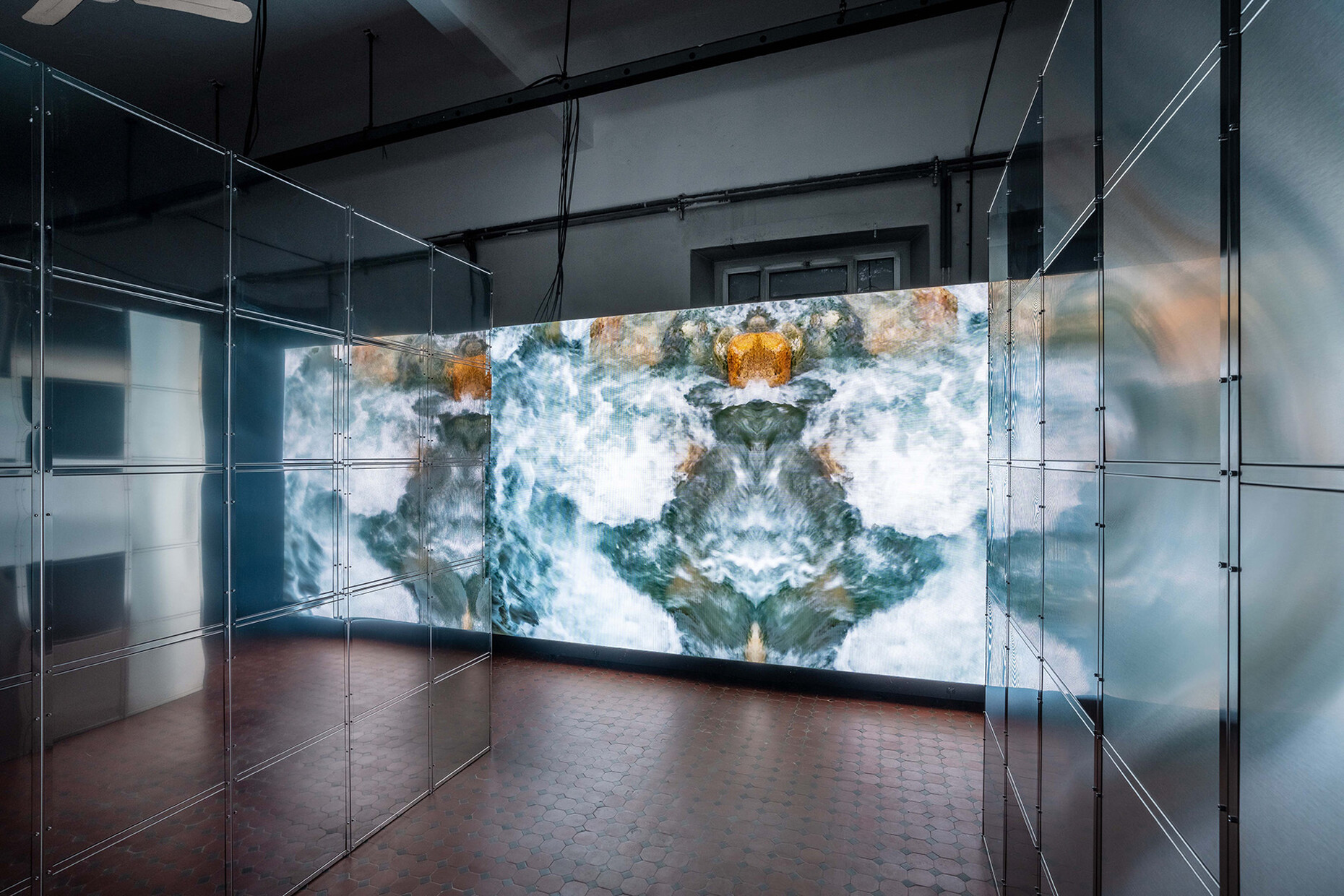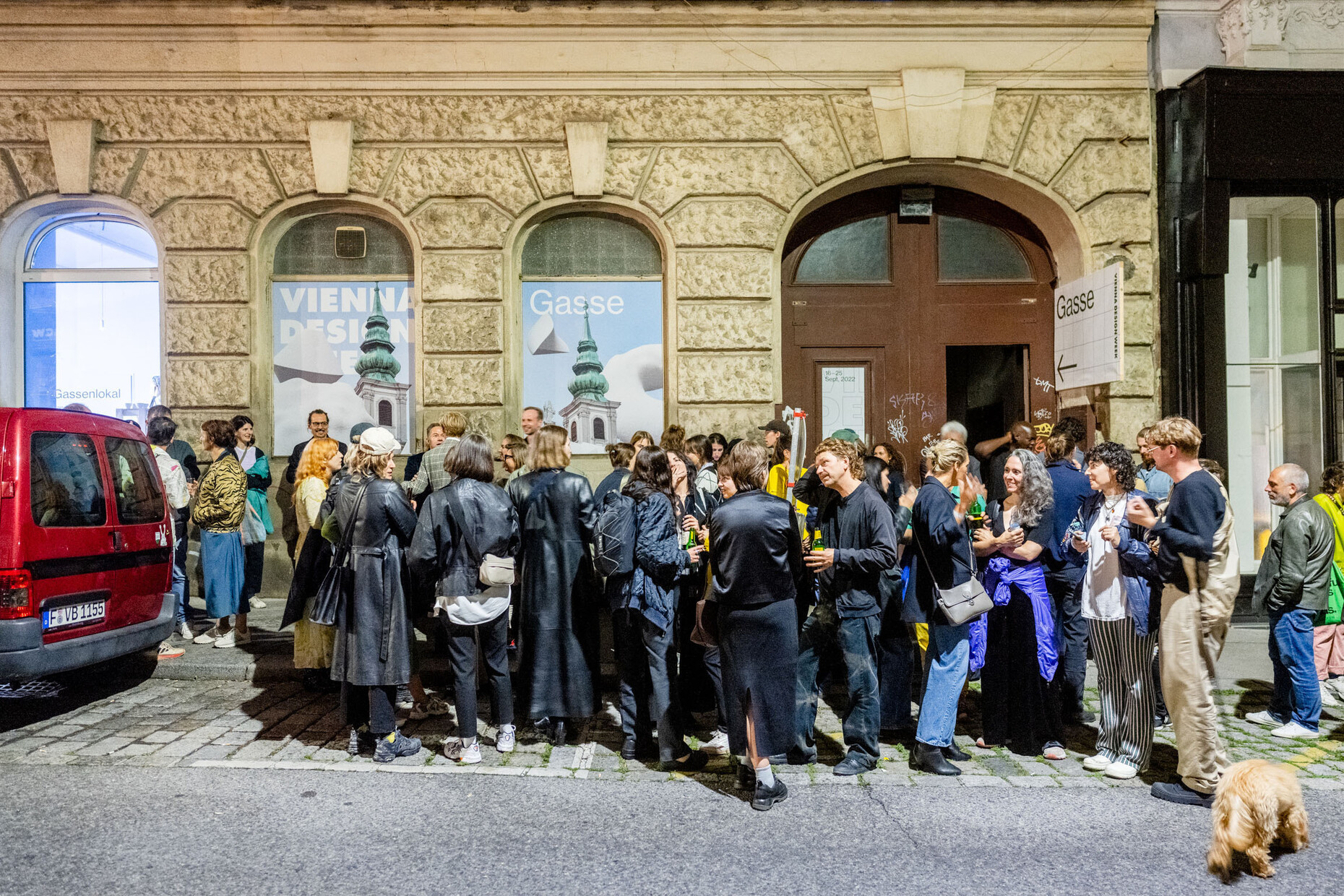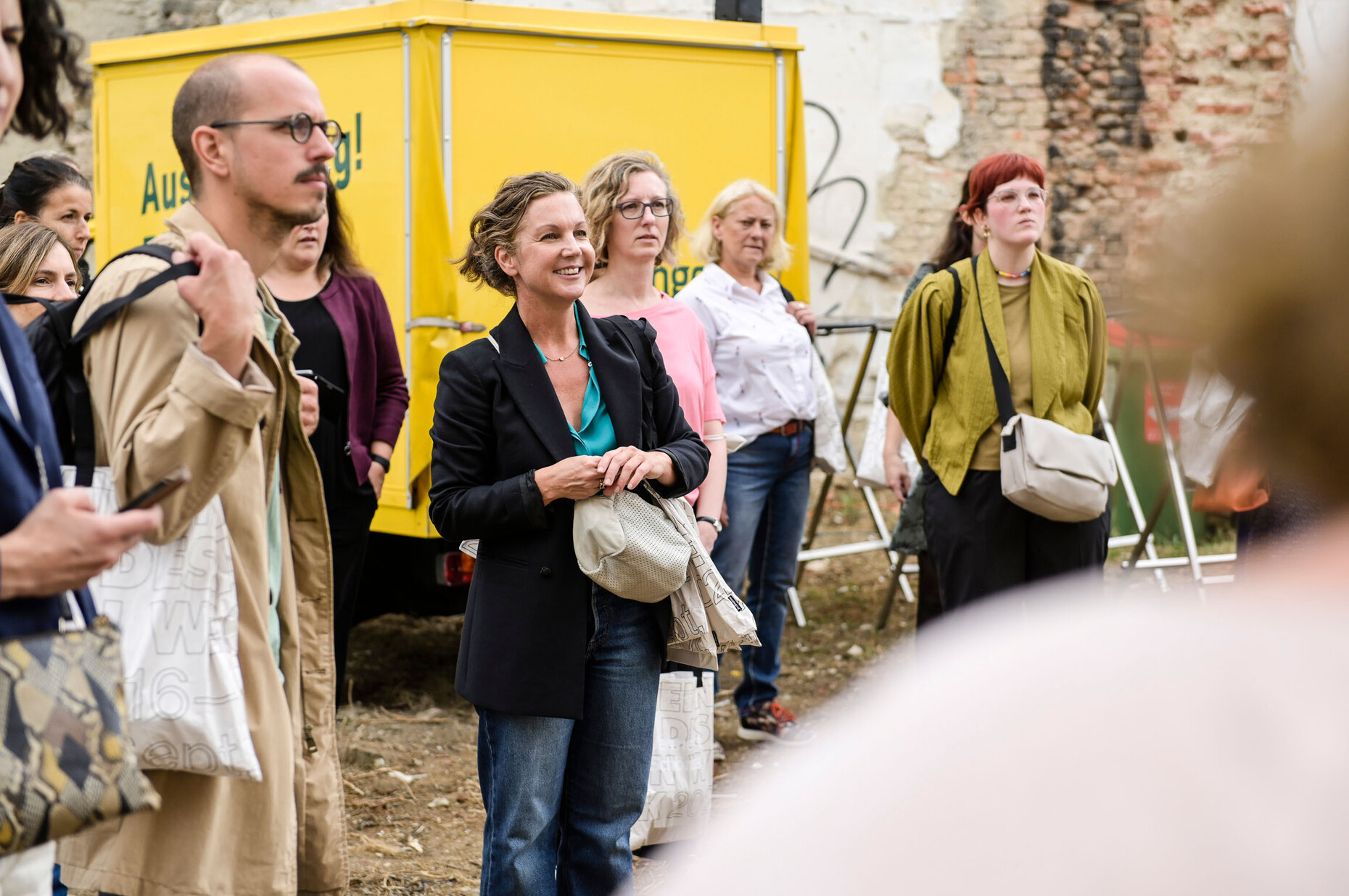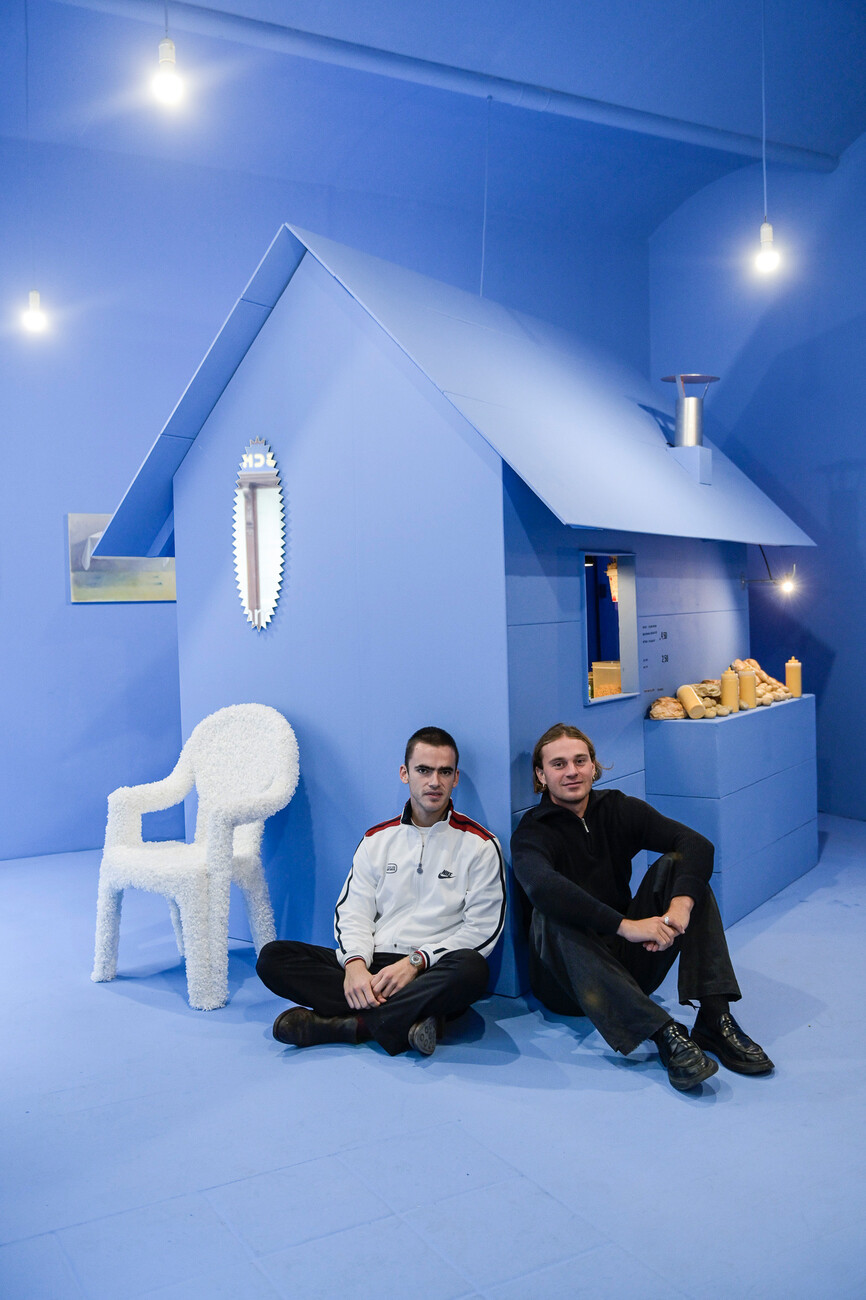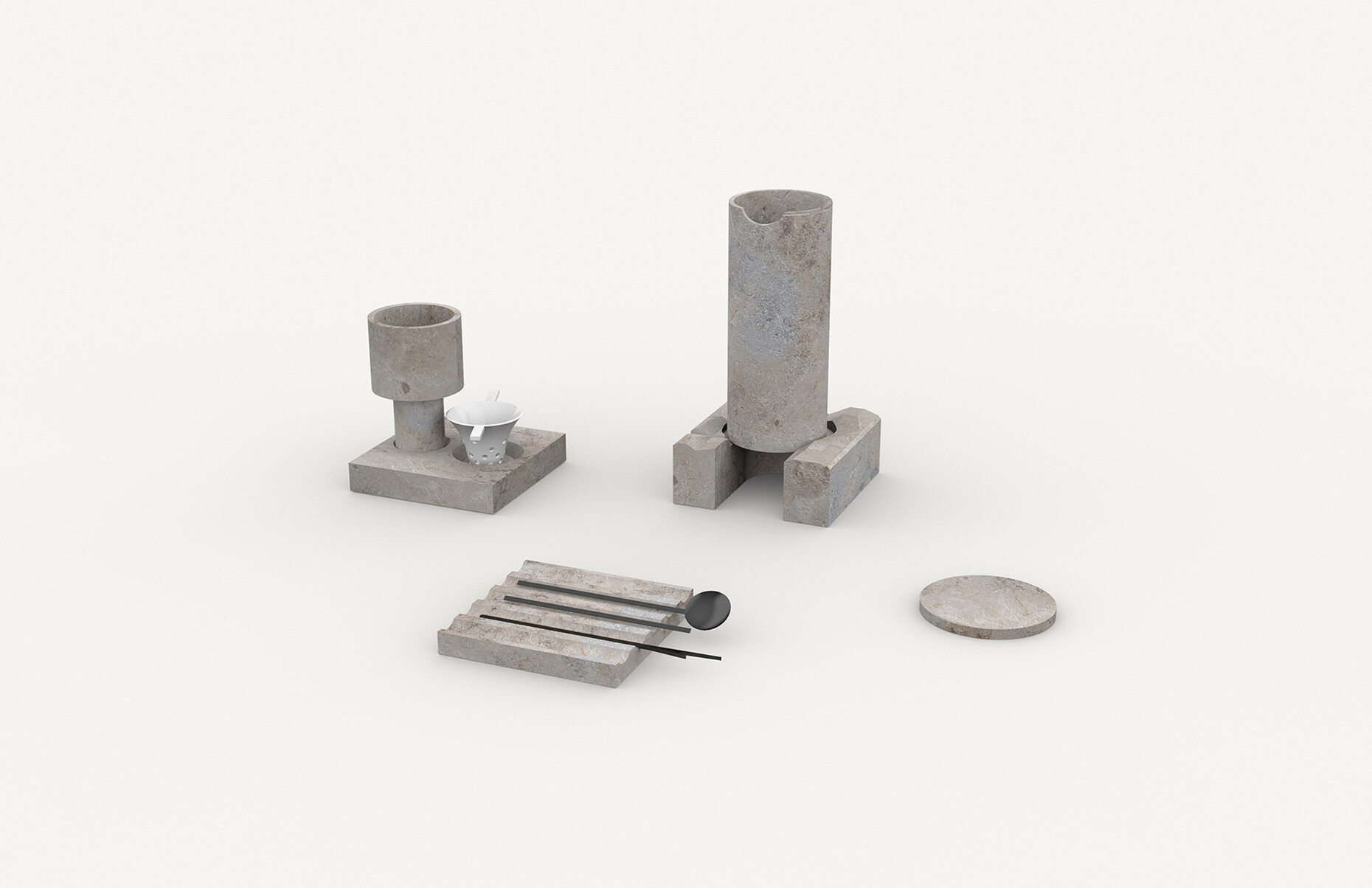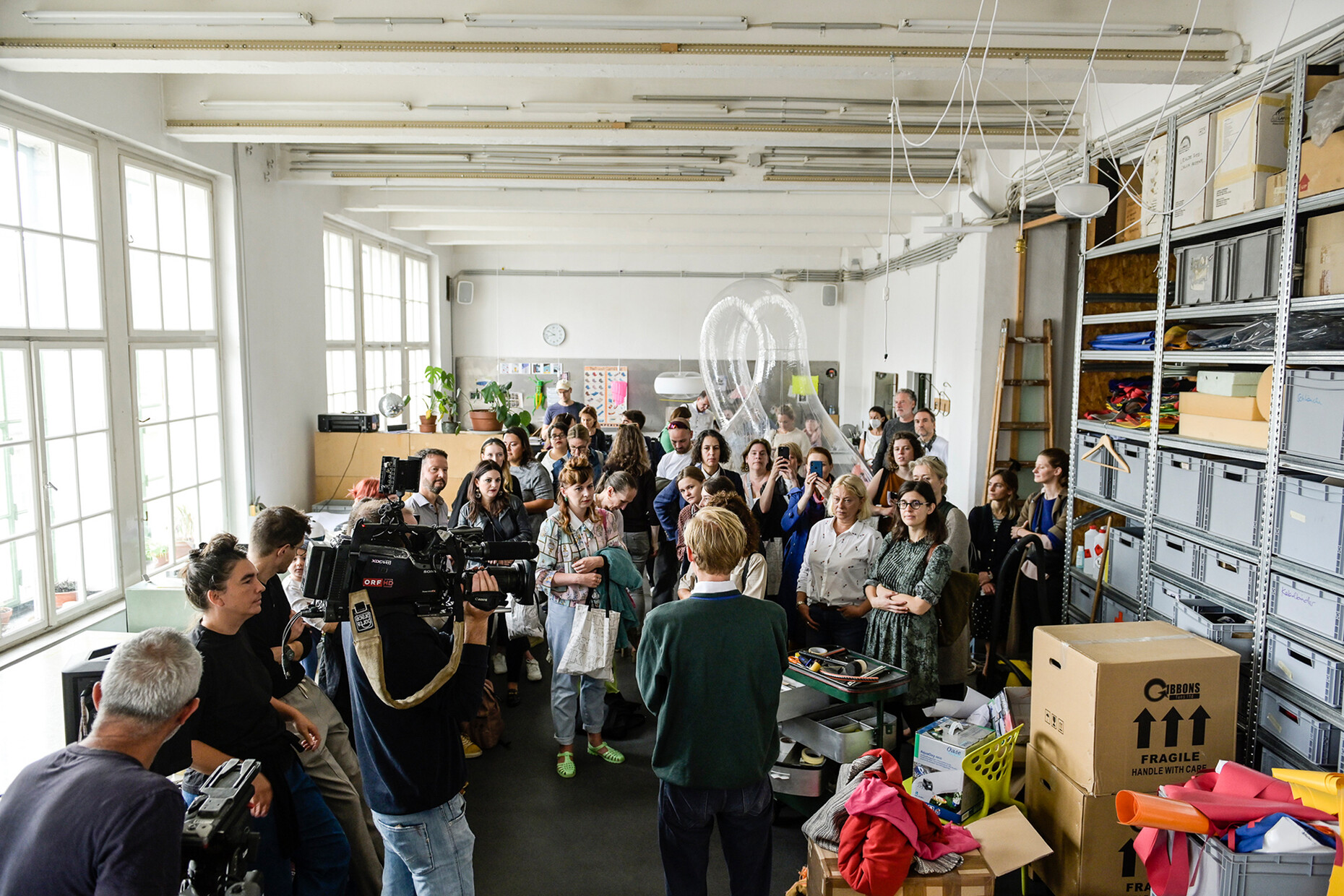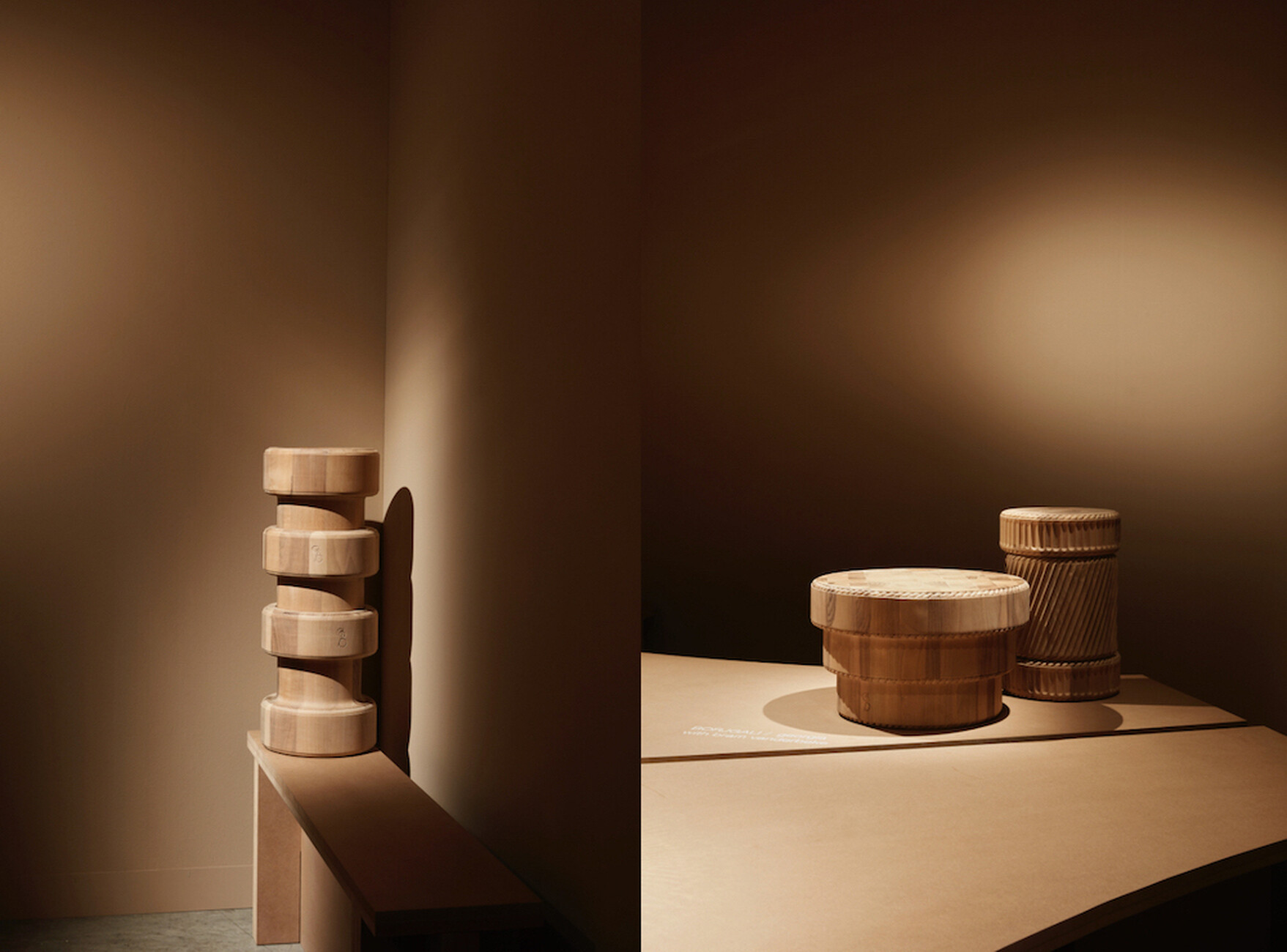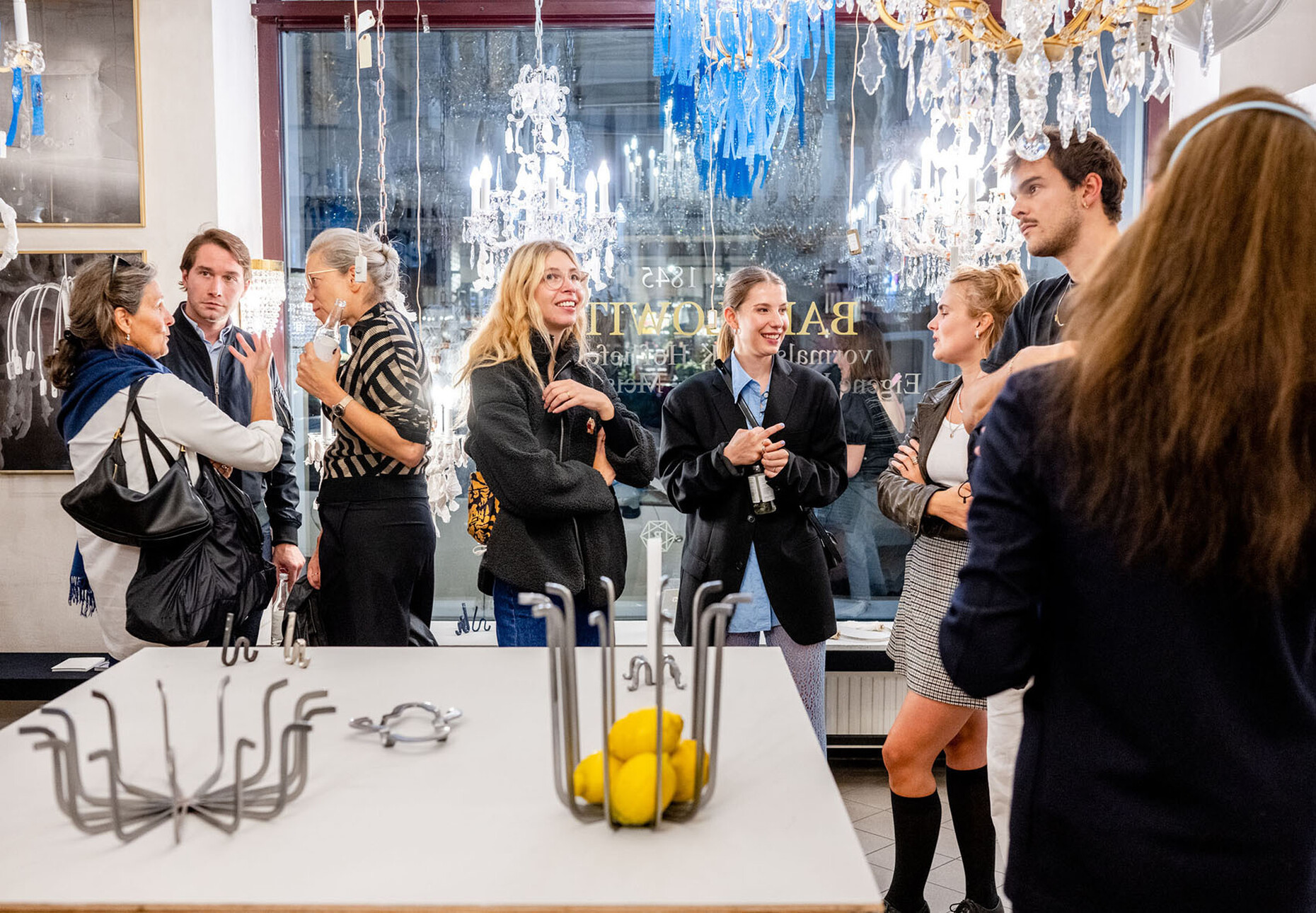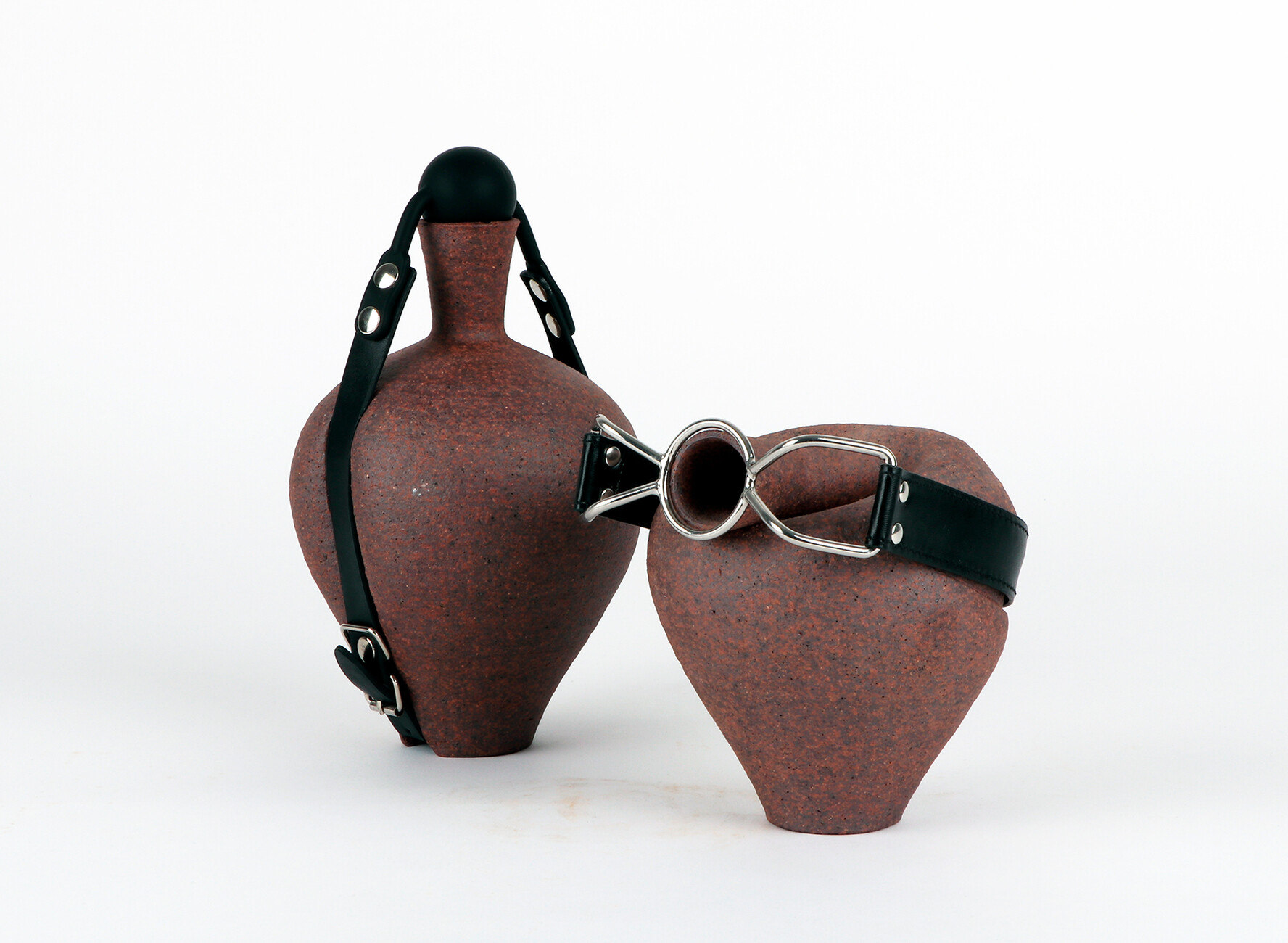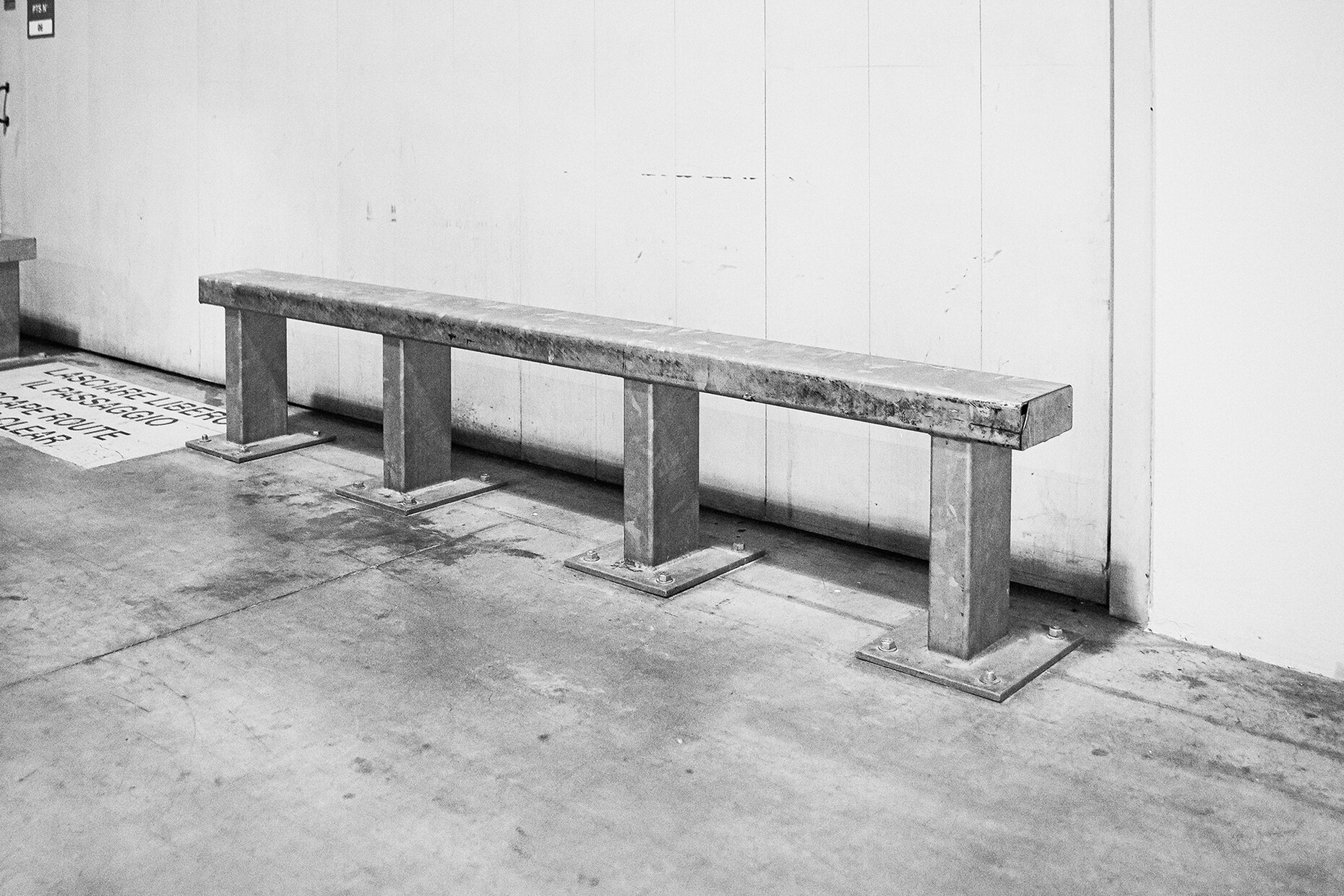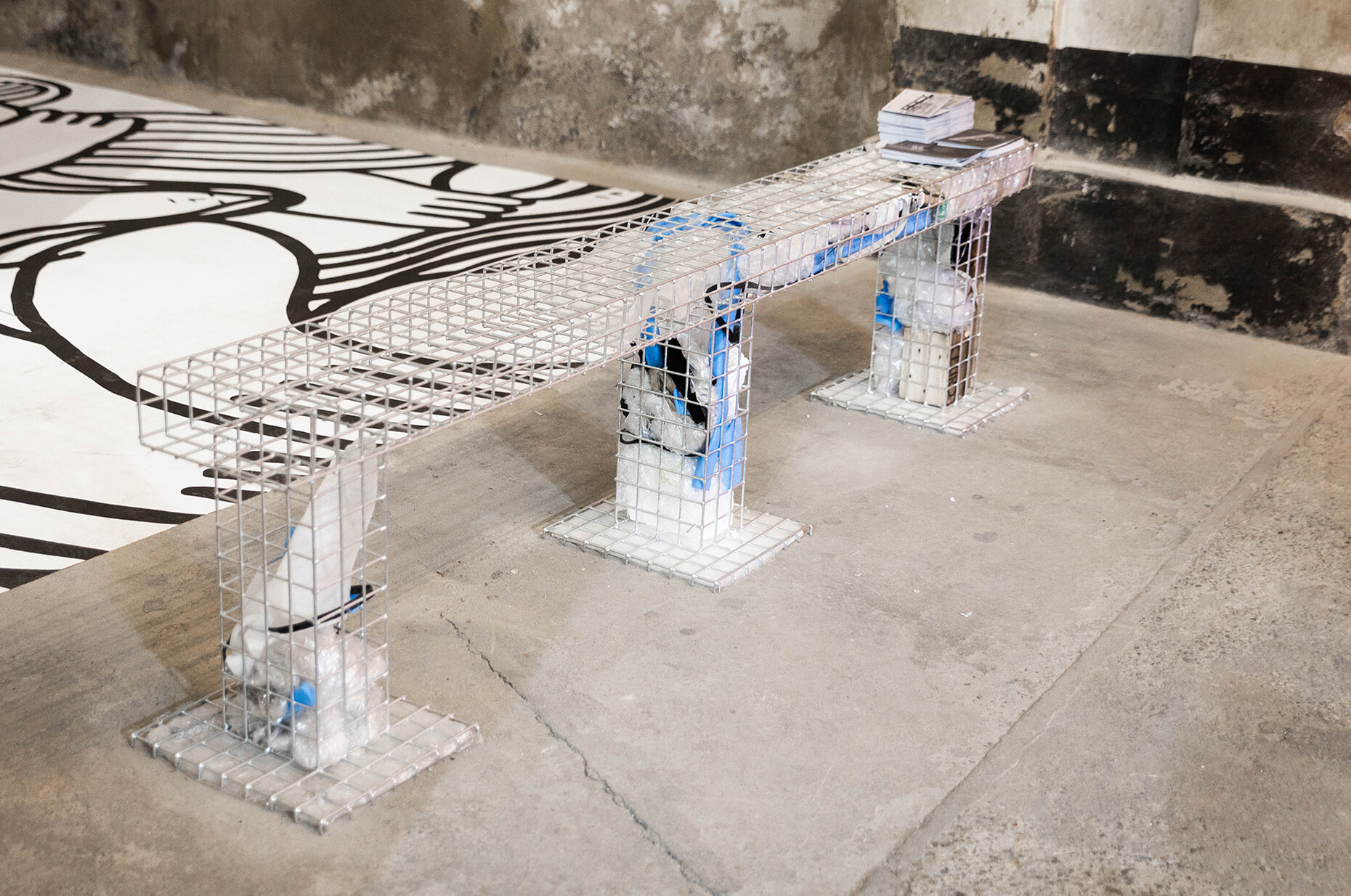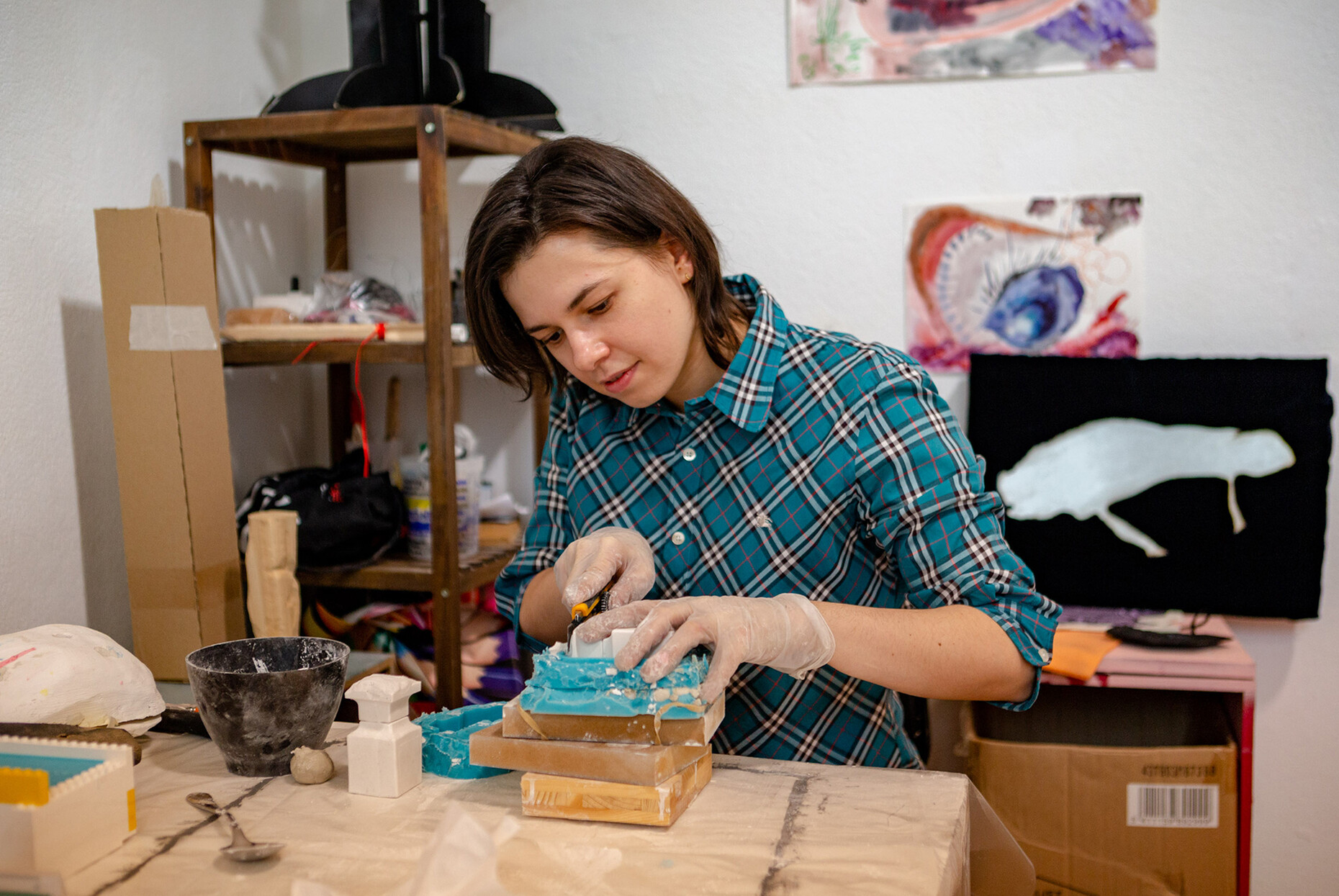VIENNA DESIGN WEEK 2022 – REVIEW
Design Revolution Now
"A festival, as I imagine it, has to be a palace and a construction trailer, a forum, a tree house, a gourmet shop and an observatory all at the same time," says Gabriel Roland, director of Vienna Design Week. The event has always been diverse in concept, barrier-free and free of charge in access to the public, offering a true-to-life mediation of design - across all boundaries between disciplines, social classes and locations. In the exhibitions, talks, tours, workshops and screenings, one experiences impressively what role the work of designers plays for living together. In this year's focus district of Mariahilf there is no presentation of a guest country, but there are three festival headquarters: Gasse, Gewölbe and Gstättn. A magnificent apartment building at Esterházygasse 22, a former garage at the foot of the Rahlstiege and a vacant lot in Mollardgasse serve as meeting places and showrooms. In addition, there are numerous traditional Viennese shops that refresh their renowned craftsmanship with contemporary ideas from the designers, be it with the help of Anna Zimmermann, which brings the curved metal profiles of Bakalowits' Maria Theresa chandeliers into focus, or the design label Simiaen, which exhibits the "Licking Rocks" tea cups made of natural stone in the Saint Charles Apothecary – including a lichen-based tea, a plant that takes on the flavour of the environment from which it comes. Lobmeyr is showing the delicate "Moire" glass collection by Bodo Sperlein, inspired by the silk weaving technique of the same name, with its fine decoration reminiscent of the grain of wood. These are joined by the shiny results of the collaboration with Bodo Sperlein and the Viennese silversmith Jarosinski & Vaugoin: "Orlo" is the name of the new collection of bowls, vases and trays made of 925 sterling silver. The undulating texture of each object was designed with historical elements from the Jarosinski & Vaugoin archive and is a tribute to Viennese Art Nouveau.
Jutta Goessl looks just as closely at the details of the processes and systems of design to optimise them and open them up to a wider audience. For Austria's first digital online farmers' market markta, she created a recyclable concept for premium packaging with the Swiss Bieri Group. Even the presentation of the prototypes in the Palmengarten was conceived in a sustainable way: the "Crate House" was unceremoniously built from reusable containers from Ifco Systems and can be completely returned to the cycle at the end of the event. A holistic approach that characterises many of the works on show at Vienna Design Week. Modular construction systems offer good conditions for the production of furniture and accessories – like the ceramics of the "Nour Series" designed by Kerstin Pfleger and Peter Paulhart of the design label "Reduce". These are made by hand in Austria with one and the same mould modular system and allow many different combinations of production moulds. The use of material and energy is reduced to a minimum and a new aesthetic is derived from this. The grooves that the moulds leave on the surface - a by-product of the manufacturing process – thus become a distinctive design feature. Meanwhile, Barbara Gollackner very clearly conveys the process of creating a coffee cup from the sketch to the final product using three examples, the "Three Cups of Coffee".
Back in 2012, the Institute of Design Research Vienna, in cooperation with Designaustria, presented the "Tools for the Design Revolution" at the Vienna Design Week. 10 years later, their slogan "Design Revolution Now" appears more urgently than ever on the walls of the exhibition rooms in Rahlgasse. One approach of the creatives at the Vienna Design Week is to simplify processes in order to firmly integrate sustainable design into everyday life. Like "ClipHut", an innovative wooden construction system that is easy to assemble and disassemble. No screws or glue are needed, only one tool is required. "Our goal is to bring sustainable living into every household," is the credo. The Viennese designers have understood that design plays a key role in the sustainable development of society and orient their product designs accordingly. With the exhibition "#Openfurnishings", industrial design students from the University of Ferrara present a manifesto for self-produced furniture: open production, shared knowledge and the responsible use of resources. Ivano Vianello and Laura Bortoloni, the professors of the course, follow Enzo Mari's guiding principle: "Only design that imparts knowledge is design". The group has designed twelve models as outdoor seating, each with precise instructions on how to build them. By means of self-construction, the aim is to sharpen the consumer's eye for a responsible use of products. Through the accessibility of digital furniture models, they can always be modified and improved to support an open design process based on the use of accessible resources.
Benedikt Stonawski and Hauke Unterburg, who run ante up, a studio for recyclable product and furniture design in Vienna, also show how useful parasitic design can be in urban space. In cooperation with the Vienna Chamber of Commerce and local tradespeople, they have designed a concept for the new format "Ums Eck" (Around the Corner) that is intended to sustainably upgrade the corner between Ottakringer Straße and Wattgasse in Vienna's 16th district. With furniture such as standing tables and seats made of thermowood, which are mounted on traffic signs, they create an opportunity for passers-by to linger with minimal intervention. At the same time, the matching planters offer the possibility of planting greenery in an uncomplicated way on the otherwise rather barren area. The manufacturer Miramondo also creates modular elements from which outdoor furniture can be formed, with systems for benches and tables such as "King Arthur" or "Merlin". Democratic design that offers everyone beautiful, functional, durable and affordable furniture – of course, the furniture giant Ikea could not be missing and staged a selection of its classics in an extensive show. On the other hand, the temporary installation "OK Solar" explains how simple electricity generation for the community can work in urban squares and produces it with solar umbrellas whose solar panels have been discarded elsewhere. The concept was developed by Stefan Diez, head of the "Industrial Design 1" department at the University of Applied Arts Vienna, together with the students.
For more visibility and appreciation of migrant positions in design, the Vienna Design Week has announced a fellowship with kültüř gemma! in the course of which the artist Natalia Gurova was selected to develop a show with the mentors of the Dutch 1m2 Collective. The exhibits of the "Liquid House" thus exemplify questions of historical and cultural identity as well as the (in)accessibility of resources, formal and informal structures and networks. The programme includes workshops in which participants create furniture patterns and express financial, institutional, social or political restriction as an object-formed metaphor. Equal opportunities among designers are also advocated by Co/rizom, a non-governmental organisation and social enterprise that helps artisans to start small businesses and retail their products. The exhibition "Same Hands" by the Portuguese school Esad.cr Escola Superior de Artes e Design Caldas Da Rainha - Politécnico, which trains creatives to incorporate individual experiences into socially relevant design, was also shown in the context of Vienna Design Week.
Jakob Glasner, who experiments with open and sustainable design to show possible alternatives, is concerned with social and political systems and their physical representation. For the "Salone Bench", he was inspired by the metal supports that can be found in the Milan exhibition halls away from the stands and are often used by visitors to events such as the international furniture fair Salone del Mobile as a place to sit for a short break. Glasner copied the shape of these objects, intuitively misappropriated by the public, with steel mesh, filled it with packaging material and disposable building materials left over after the end of the fair and thus asks us what the meaning of furniture actually is.
With Nicolò Ornaghi from NM3, Laufen proves that a manufacturer presentation at a design festival can work without any products from its own range. Visitors who missed his sensory installation "Just add water" on the future of bathroom design at Alcova during this year's Salone del Mobile can now experience it in Vienna. Two free-standing steel monoliths and an LED screen with films by Marc Comes, among others, on the cosmos of water are permeated by sounds that reverberate through the construction. Background is the current conception of products made of single-variety stainless steel, which NM3 is creating for Laufen.
"The architecture of the festival opens up questions of design that are present everywhere, yet often elusive, and makes them accessible to visitors – and it is a roof, for all those working on the design site, where you can take a break from business as usual, for reflection, orientation and exchange," says Gabriel Roland. He and his team have succeeded in fulfilling this claim with bravura.
Vienna Design Week
To 25. September 2022







